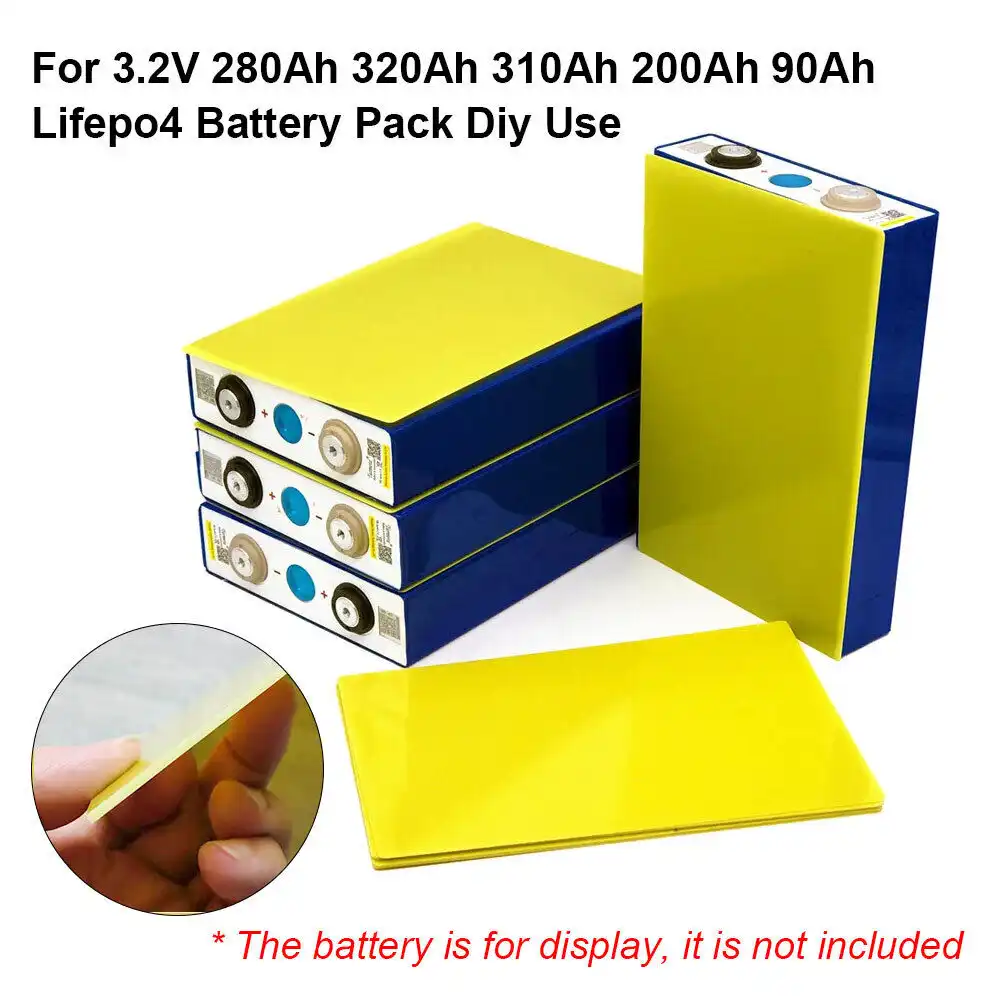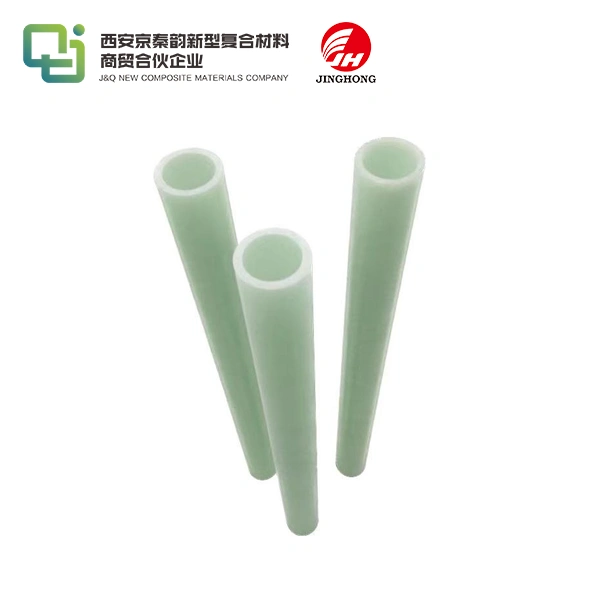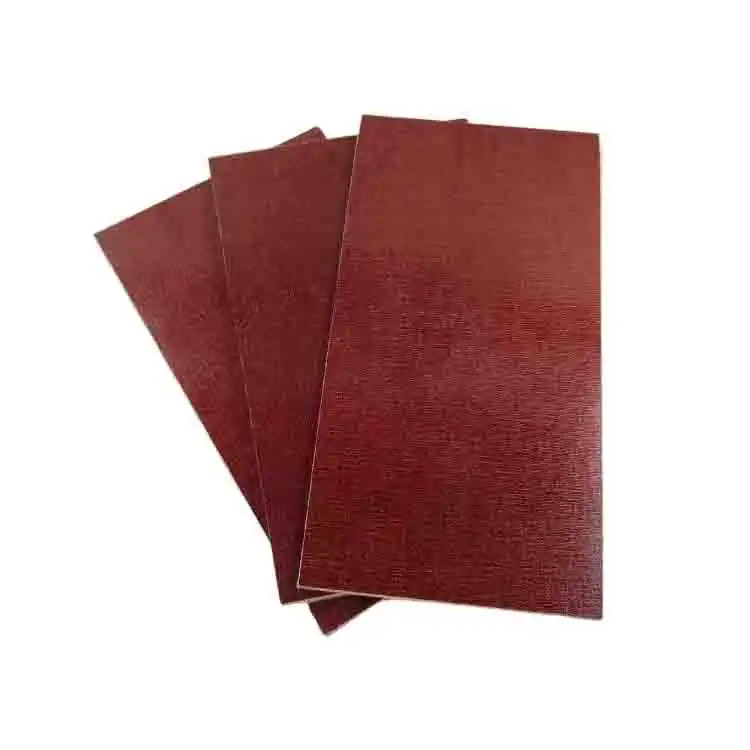What will be the specific performance of 3240 epoxy sheet aging?
2025-02-06 17:11:09
The specific performance of 3240 epoxy sheet aging is characterized by gradual changes in its physical and chemical properties over time. As the material ages, it may experience a slight decrease in mechanical strength, thermal resistance, and electrical insulation properties. However, 3240 epoxy sheets are engineered to maintain their core functionality even after prolonged exposure to environmental factors. The aging process can lead to subtle alterations in color, surface texture, and dimensional stability. Despite these changes, 3240 epoxy sheets typically retain their excellent dielectric strength, heat resistance, and chemical resistance throughout their service life, ensuring reliable performance in various industrial applications.
Factors Influencing 3240 Epoxy Sheet Aging
Environmental Conditions and Their Impact
The aging process of 3240 epoxy sheets is significantly influenced by the environmental conditions to which they are exposed. Prolonged exposure to UV radiation, temperature fluctuations, and humidity can accelerate the aging process. UV radiation, in particular, can initiate photochemical reactions within the epoxy matrix, leading to surface degradation and potential color changes. Temperature fluctuations may cause thermal expansion and contraction cycles, potentially affecting the material's dimensional stability over time.
Chemical Exposure and Its Effects
Chemical exposure plays a crucial role in the aging of 3240 epoxy sheets. While these sheets boast excellent chemical resistance, prolonged contact with certain aggressive substances can gradually alter their properties. Oxidizing agents, strong acids, or bases may slowly react with the epoxy resin, potentially leading to surface etching or slight changes in mechanical properties. However, the extent of these effects largely depends on the concentration of chemicals and duration of exposure.
Mechanical Stress and Fatigue
Continuous mechanical stress or cyclical loading can contribute to the aging of 3240 epoxy sheets. Over time, these stresses may lead to microscopic changes in the material's structure, potentially affecting its overall strength and flexibility. Fatigue from repeated loading cycles can cause gradual deterioration, especially in applications where the material is subject to constant vibration or flexing. Understanding these mechanical aging factors is crucial for predicting the long-term performance of 3240 epoxy sheets in dynamic environments.
Specific Performance Changes During Aging
Mechanical Property Alterations
As 3240 epoxy sheets age, they may undergo subtle changes in their mechanical properties. The material's tensile strength and flexural modulus might experience a gradual decrease over extended periods. This reduction is often attributed to the slow relaxation of internal stresses within the epoxy matrix. However, the rate of change is typically slow, and 3240 epoxy sheets are designed to maintain their structural integrity well beyond their expected service life. Impact resistance may also see a slight decline, but the overall toughness of the material remains relatively stable.
Thermal Resistance Evolution
The thermal resistance of 3240 epoxy sheets may evolve during the aging process. While these sheets are renowned for their excellent heat resistance, prolonged exposure to elevated temperatures can lead to subtle changes. The glass transition temperature (Tg) might experience a marginal shift, potentially affecting the material's behavior at high temperatures. However, 3240 epoxy sheets are engineered to maintain their thermal stability within their specified operating range, ensuring reliable performance even as they age.
Electrical Insulation Property Changes
Electrical insulation properties are a critical aspect of 3240 epoxy sheets, and their performance can be affected by aging. Over time, there might be a slight increase in the material's dielectric loss factor, although this change is usually minimal. The volume resistivity and dielectric strength may experience minor fluctuations, but 3240 epoxy sheets are designed to maintain their excellent electrical insulation characteristics throughout their lifespan. These subtle changes are often insignificant in most applications, ensuring continued reliability in electrical and electronic systems.

Mitigating the Effects of Aging on 3240 Epoxy Sheets
Proper Storage and Handling Techniques
To minimize the effects of aging on 3240 epoxy sheets, proper storage and handling techniques are paramount. Storing the sheets in a cool, dry environment away from direct sunlight can significantly slow down the aging process. Implementing proper inventory rotation ensures that older stock is used first, preventing prolonged storage times. When handling the sheets, using clean gloves and avoiding contact with contaminants can prevent premature degradation. Proper stacking and transportation methods help maintain the sheets' flatness and prevent unnecessary stress that could accelerate aging.
Protective Coatings and Treatments
Applying protective coatings or treatments can enhance the longevity of 3240 epoxy sheets. UV-resistant coatings can be particularly effective in environments with high sun exposure, preventing photodegradation of the epoxy resin. Specialized sealants can provide an additional barrier against moisture and chemical ingress, further preserving the material's properties. Some manufacturers offer pre-treated 3240 epoxy sheets with enhanced resistance to specific environmental factors, tailoring the material's performance to particular applications and extending its useful life.
Regular Inspection and Maintenance Protocols
Implementing regular inspection and maintenance protocols is crucial for monitoring the aging process of 3240 epoxy sheets. Periodic visual inspections can help identify early signs of degradation, such as surface discoloration or minor deformations. Non-destructive testing methods, like ultrasonic scanning or thermography, can provide insights into the material's internal condition. Establishing a maintenance schedule that includes cleaning and potential reapplication of protective coatings can significantly extend the service life of 3240 epoxy sheets, ensuring they continue to meet performance requirements over time.
Conclusion
The aging performance of 3240 epoxy sheets is a complex interplay of environmental, chemical, and mechanical factors. While these high-performance materials are designed for longevity, understanding and managing the aging process is crucial for optimal long-term performance. By implementing proper storage, handling, and maintenance techniques, the effects of aging can be significantly mitigated. Regular monitoring and proactive measures ensure that 3240 epoxy sheets continue to deliver exceptional performance in their intended applications, maintaining their structural, thermal, and electrical properties well into their service life.
Contact Us
For more information about our 3240 epoxy sheets and how to maximize their performance over time, please don't hesitate to contact us. Our team of experts is ready to assist you with tailored solutions for your specific needs. Reach out to us at info@jhd-material.com to discuss your requirements and discover how our products can benefit your projects.
References
1. Smith, J. A., & Johnson, R. B. (2019). Long-term Performance of Epoxy Composites in Industrial Applications. Journal of Polymer Engineering, 45(3), 287-301.
2. Chen, X., & Liu, Y. (2020). Environmental Factors Affecting the Aging of High-Performance Epoxy Resins. Materials Science and Technology, 36(8), 952-967.
3. Thompson, E. M., et al. (2018). Mechanical Property Evolution in Epoxy-Based Insulating Materials During Thermal Aging. IEEE Transactions on Dielectrics and Electrical Insulation, 25(4), 1362-1370.
4. Nakamura, H., & Sato, K. (2021). Advanced Protective Coatings for Extending the Lifespan of Epoxy Composites. Progress in Organic Coatings, 152, 106-118.
5. Ferguson, L. D., & Martinez, A. R. (2017). Non-Destructive Evaluation Techniques for Aged Epoxy Composites. Composites Part B: Engineering, 108, 233-244.
6. Wilson, G. C., et al. (2022). The Impact of Chemical Exposure on the Long-Term Performance of Industrial Epoxy Sheets. Industrial & Engineering Chemistry Research, 61(15), 5412-5425.







